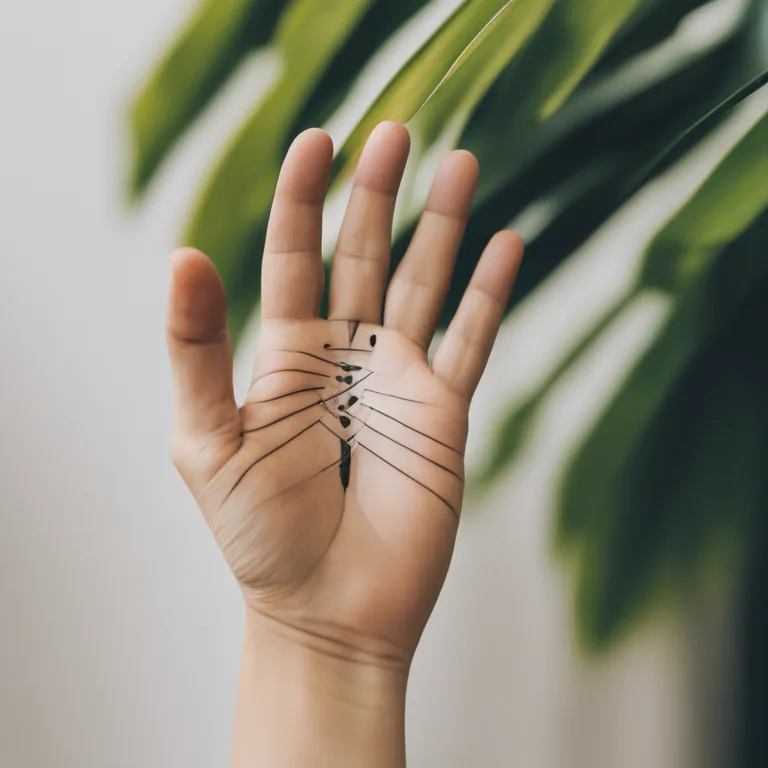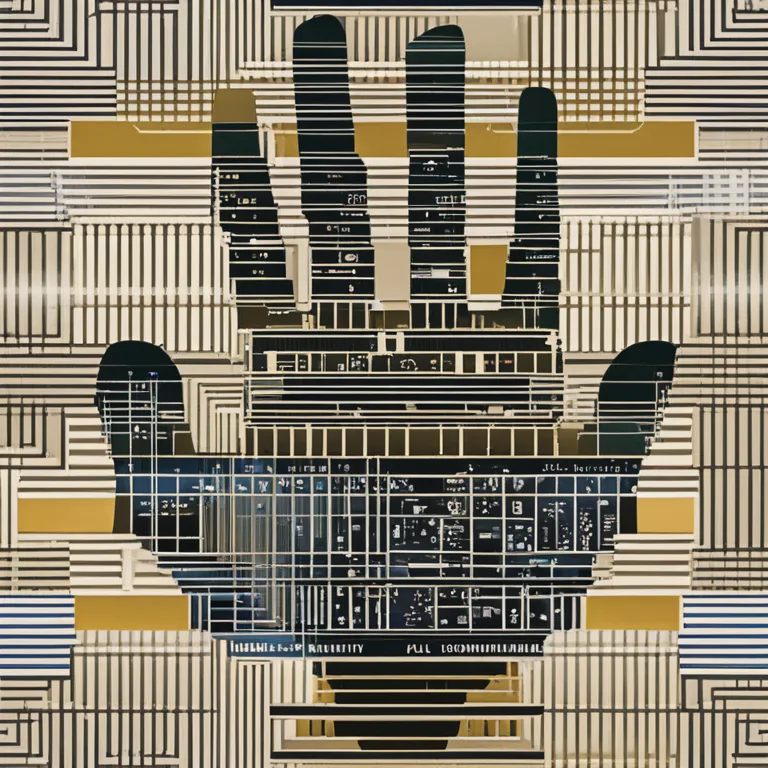
The Formation of Palm Lines: A Detailed Insight
Delve into the science behind the formation of palm lines and understand what factors influence their unique patterns.
article by Nora Pennington
Palmistry's Foundation: The Palm Lines
Palmistry, the ancient art of interpreting the lines on the human hand, views the palm as a map reflecting one’s journey and character. While often shrouded in mysticism, the formation of palm lines has a grounding in biology and genetics. These lines, medically known as flexion creases, begin to develop in the womb around the 12th week of gestation and continue to form as the fetus moves and flexes its hands. This early activity creates the distinct folds in the skin, which remain throughout a person's life.

The Role of Genetics and Environmental Factors
Genetics play a pivotal role in determining the overall blueprint of these creases, explaining the similarities seen in family members. However, no two individuals—even identical twins—have identical palm lines, indicating that environmental factors also contribute to their formation. The variability in lines stems from unique movements and changes in the womb as well as the differences in the hand's structure and use after birth, which can alter the depth and prominence of these lines.

Types of Palm Lines and Their Significance
Palmists commonly refer to three major lines: the heart line, head line, and life line, each said to reveal different attributes about emotions, intelligence, and vitality, respectively. The nuanced interpretation of these lines in palmistry is symbolic, often connecting with astrology and psychology. Scientific research in dermatoglyphics has also examined the patterns and traits of palm lines, linking them to certain genetic conditions and traits, yet not validating their predictive nature as in traditional palmistry.

Modern Technology Enhancing Palm Line Analysis
As technology advances, biometric recognition incorporating palm line analysis increasingly features in security systems. In 2024 and beyond, algorithms can map and interpret the unique patterns of palm lines, demonstrating their individuality and complexity. This integration of palmistry-inspired concepts with technology showcases the practical application of understanding our unique palm prints beyond mystical purposes.

The Connection to Identity and Personal Growth
Although the scientific community does not endorse palm lines as a method to foretell the future, many individuals find personal insight and growth in palmistry. The interpretive nature of reading palm lines allows people to reflect on their life choices and personality, much like storytelling or art. In essence, palmistry may offer a subjective mirror to self-discovery and awareness, embracing both the mystery and individual identity inscribed in the palm of our hands.
Continued Enigma in the Formation of Palm Lines
The full scope of factors influencing palm line formation remains an enigma. While their formation is primarily biological, the deeper understanding of how environment, genetics, and possibly even prenatal experiences shape our palm lines continues to intrigue scientists and palmists alike. It's this ongoing curiosity that propels the study of palm lines as part of a broader quest to understand human nature and identity.
Published: 1/5/2024
Modified: 1/5/2024
More predictions
Come back here soon to learn more about yourself and your future


The Essence of Palmistry: A Modern Guide
Delve into the modern practice of Palmistry: understanding the lines and shapes of your hands to reveal insights about your personality and future.


The Changeable Nature of Palm Lines
Discover the factors influencing the ever-changing landscape of palm lines and what these modifications could signify in palmistry.


The Sun Line: A Ray of Personal Brilliance
Discover the significance of the Sun Line on your palm and its implications for fame, success, and creativity in palmistry practices.